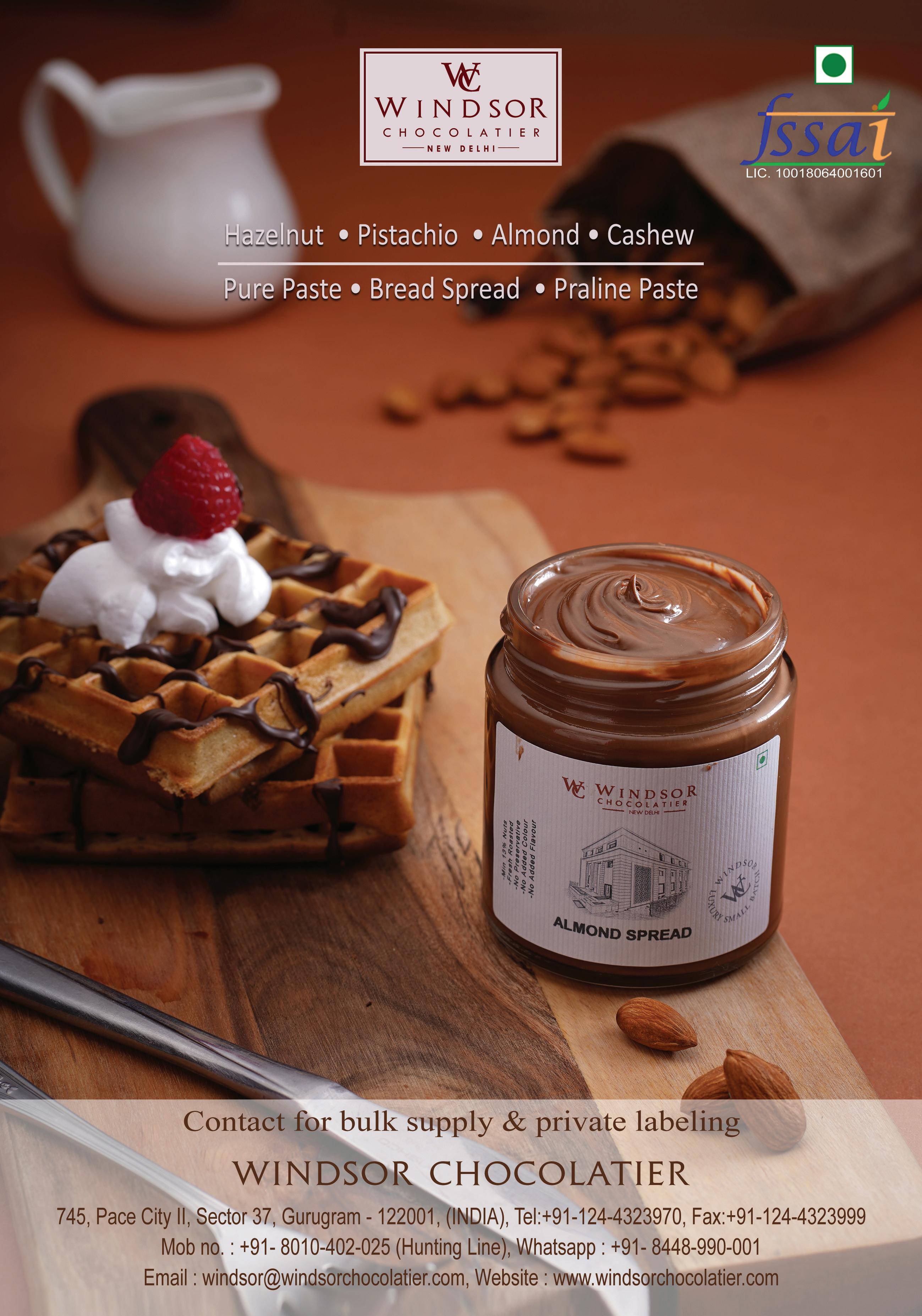
4 minute read
Dessert
Gelato - Heavenly Dessert
Gelato can be simplistically described as an ice-cream with less fat. But like all simplistic definitions, it doesn’t have completeness. Though gelato is often erroneously referred to as the Italian word for ice-cream, but there are differences between gelato and conventional ice-creams. Many a time people can’t make out the difference between gelatos and regular ice-creams. However, though Indians are largely ignorant of the nuances of gelato, but that doesn’t stop them from appreciating its heavenly taste.
Advertisement
Gelato can be prepared with milk, cream, various sugars, and fresh fruit and nut purees. Gelato and conventional ice-creams are different in terms of nutritional value. Gelatos come across as more dense than icecreams and they have less calories, fat and sugar than your average ice-creams. Here by ice-cream we are referring to your average ice-cream available on the kiosk next door, and not some special healthy tailor made ice-cream. One can also define gelatos as special and healthy ice-creams.
Less Air, More Dense One important difference between gelatos and ice-creams is the difference in their air content. Ice-creams are churned fast to infuse a great deal of air, which is facilitated by the high proportion of cream in the base, whereas gelato is churned at a much slower speed, which brings less air into the base.
Gelato has only 35 percent over run which means it has more product and less air content than industrial ice-creams, thus yielding a denser, more compact silky consistency as compared to mediocre industrial ice-creams, which have 50-90 percent over run. It is sold by weight and not by volume. More air in ice-creams give them a smooth and fluffy texture. Conversely, less air is also the reason why gelatos taste more dense than ice-creams.
Gelatos, on an average, have less air than other frozen desserts, and they also generally have more flavouring than other frozen desserts.
Less Fat, More Taste Moreover, commercially available regular ice-creams are heavy on the cream. Gelato, by comparison, uses more milk than cream; it doesn’t have nearly as much fat as icecreams. Most good ice-creams contain 14 percent to 17 percent milkfat, whereas gelatos should contain anywhere between 3 percent to 8 percent milkfat. By statute, gelatos in Italy must be endowed with at least 3.5 percent butterfat.
Therefore, gelatos tend to give you a more intense flavour than ice-creams, since they do not have much cold fat that impedes the taste to transmit. In other words, the flavours of gelato transmit directly and is not unduly blocked by the baggage of fat, which can be the case in ice-creams.
Besides these differences, gelatos generally have less egg yolks, which the custard-based ice-creams are normally endowed with. Some gelatos are made without yolks. Besides, gelatos are made of natural ingredients and are devoid of synthetic flavours or preservatives, which cannot be said essentially of ice-creams. Succinctly, gelatos have more substance, give better taste and flavours, and have less air on an average, than ice-creams.
Why it is Soft? But one thing which may intrigue the reader is that if gelato has less fat and less air than your regular ice-cream, why it is not hard? Here the temperature plays a key role. Ice-cream is ideally served at around 10°F; whereas gelato cases require a warmer temperature. Gelato counters are kept a little warmer than the ice-cream counters, which enable the gelatos to remain soft.
This prevents gelato from becoming a sweet brick and enables it in retaining its soft, elastic texture. Here it deserves a mention that sugar in gelato is balanced with water to act as an anti-freeze, which prevents it from freezing solid. Generally, gelato also has a stabilizer base.
Moreover, as gelato does not have the freezing effect on the mouth, one can savour its flavours better than that of an ice-cream. That is another reason why gelatos tend to taste better to the average consumer of frozen desserts than ice-creams.
Gelato in India After redefining the dessert savouring culture across the globe with its natural, fresh, nutritious and delectable offerings, gelato is also making its cool and sumptuous presence felt in the predominantly hot climate of our country.
We have to also keep in mind that gelatos having less fat, less sugar and less calories than the average industrial ice-creams make the former a comparatively healthier option to indulge in during summers and otherwise. With health consciousness gaining currency in the urban Indian society, gelatos, if marketed well, can garner much popularity in the niche markets, despite their comparatively higher prices than your average ice-creams. Our bakery & confectionery industry can also include gelatos in its repertoire in a more proactive manner. One of the effective routes to market a new-age product(in the Indian context) like gelato is to market it creatively through the social media, as it can be safely assumed that most of the consumers of gelatos in India are expected to be not only conversant with but are also frequent users of the social media.
Across urban India, it is not only the upwardly mobile youth with exposure to international food & beverage trends who are expected to savour gelatos more in the near future; this ethereal dessert can have a real market among all age groups of the urban Indian society, who are having decent disposable incomes.
However, since India is still a pricesensitive society, the players thinking of entering the nascent gelato sub-segment in India should make a conscious effort to make their gelatos more affordable to the end consumers, without compromising on quality. This would give this dessert mainstream popularity in urban India, in the near future.











